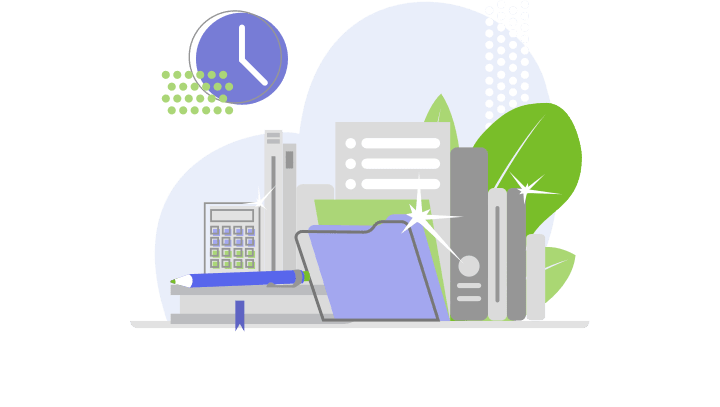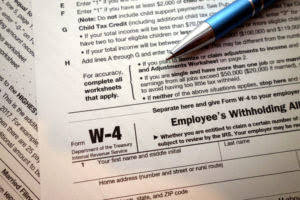
According to a study published in the August 27, 2010 edition of The Wall Street Journal, high-cost vs. low-cost mutual funds have differing rates of return. Intelligent investing can be described as understanding and keeping track of how conditions change over time. A good investment is not only based on the current market but also on how other investments are doing (including currencies). We should not think that all dividend yields are the same, just like we would not assume that salt water and spring water are equally desirable what type of account is dividends simply because they are both liquids.
- A company often issues a special dividend to distribute profits that have accumulated over several years and for which it has no immediate need.
- Dilution is a downside of a stock dividend if the company’s net income does not increase proportionately.
- Both private and public companies pay dividends, but not all companies offer them and no laws require them to pay their shareholders dividends.
- In addition, You will learn more about the company’s issues and opportunities and find out information about its competitors.
- Instead of debiting the Retained Earnings account at the time the dividend is declared, a corporation could instead debit a related account entitled Dividends (or Cash Dividends Declared).
Example of Dividend Pay Out

The stock dividend rewards shareholders without reducing the company’s cash balance. It has the adverse effect of diluting earnings per share, at least temporarily. If a company issues a 5% stock dividend, it would increase its number of outstanding shares by 5%, or one share for every 20 shares owned. If a company has one million shares outstanding, this would translate into an additional 50,000 shares. A shareholder with 100 shares in the company would receive five additional shares. A stock dividend may be paid out when a company wants to reward its investors but either doesn’t have the spare cash or prefers to save it for other uses.

Impact of Dividend Payments on Financials
- For accounting purposes, dividends are a reduction in the retained earnings or profits of a company.
- • It must be paid by a U.S. corporation or a qualified foreign corporation.
- You do not want to be concerned with yields when developing a portfolio.
- This credit is designed to account for the corporate taxes already paid on the distributed profits, thereby reducing the overall tax burden on shareholders.
- And, even if a company does pay dividends, the amount can fluctuate from year to year.
- Payout ratios are one measure of dividend health, and they are listed on financial or online broker websites.
On the other hand, all investors receive the exact yield for each share. Of course, big money players like Warren Buffett may buy $5 billion in Goldman Sachs with a 10% yield and warrants to acquire a few billion more at an even lower rate. It’s also less likely that such a firm would cut dividends (even during severe economic downturns). At the same time, as sales grow, it becomes more likely that firms with a lower payout ratio will increase their dividends.
What Is the Difference Between a Stock Dividend and a Cash Dividend?

SoFi has no control over the content, products or services offered nor the security or privacy of information transmitted to others via their website. We recommend that you review the privacy policy of the site you are entering. SoFi does not guarantee or endorse the products, information or recommendations provided in any third party website. Double Entry Bookkeeping is here to provide you with free online information to help you learn and understand bookkeeping and introductory accounting. Chartered accountant Michael Brown is the founder and CEO of Double Entry Bookkeeping. He has worked as an accountant and consultant for more than 25 years and has built financial models for all types of industries.
Dividend Reinvestment Plans (DRIPs) offer shareholders an alternative to receiving cash dividends by allowing them to reinvest their dividends into additional shares of the company’s stock. This approach can be advantageous for both the company and the shareholders. For shareholders, DRIPs provide a convenient way to increase their investment without incurring brokerage fees, and they benefit from the compounding effect of reinvesting dividends. Over time, this can lead to significant growth in their holdings, especially if the company performs well. Dividend payments have a multifaceted impact on a company’s financial statements, influencing various aspects of its financial health and performance metrics.

The Different Types of Dividend Investments Strategies

The easiest way to buy dividend stocks is by opening a brokerage account. Ally Invest®’s self-directed cash account has no minimum balance requirement, making it an attractive option for those dipping their toes into the market for the first time. A real estate investment trust (REIT) owns or operates income-producing real estate. To be classified as a REIT, 90% of the taxable income these companies https://x.com/bookstimeinc earn each year must be paid out in the form of dividends, and 20% of those dividends must be paid as cash. A stock dividend is a dividend paid as shares of stock instead of cash.
Dividends in Accounting
Free cash flow is the money contra asset account companies have after paying for the cost of doing business. Owning Telstra also provides exposure to the Australian dollar, which can be beneficial in diversifying one’s portfolio. (2) Telstra is an excellent choice for investors looking to bet on large-cap communication companies. In addition, Telstra has 3.793 billion dollars of free cash flow which helps to reduce risk.

